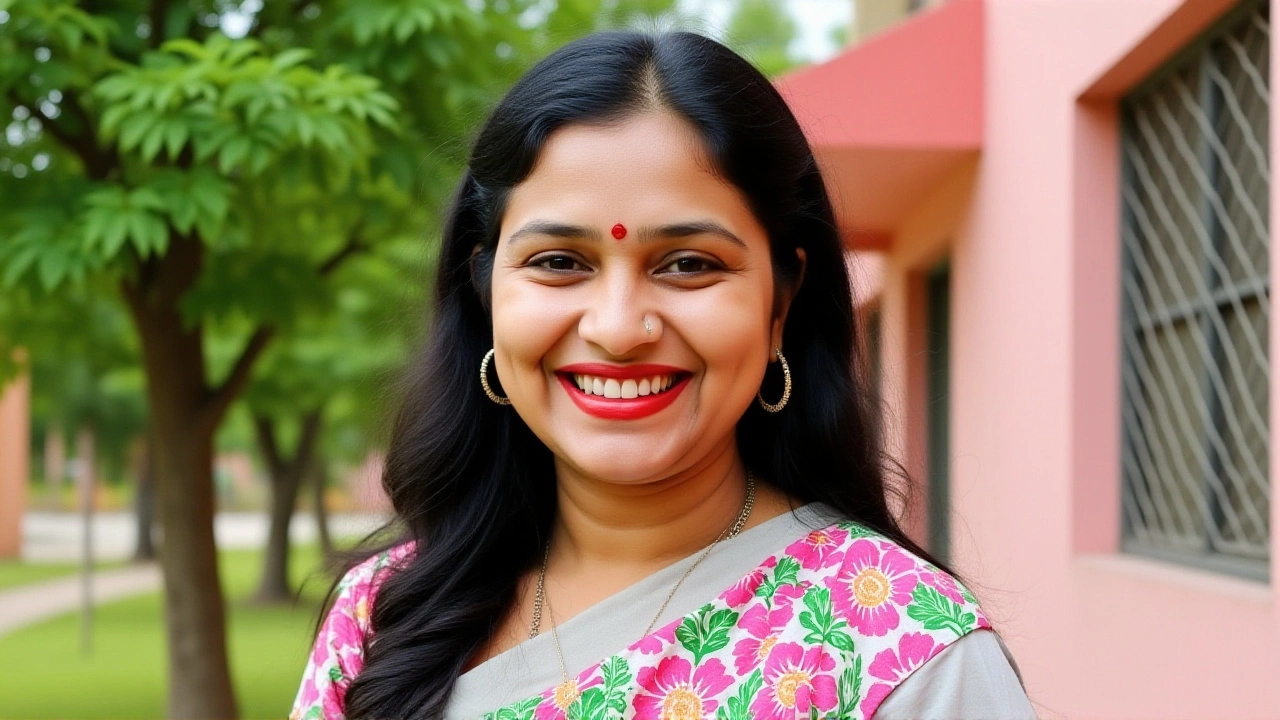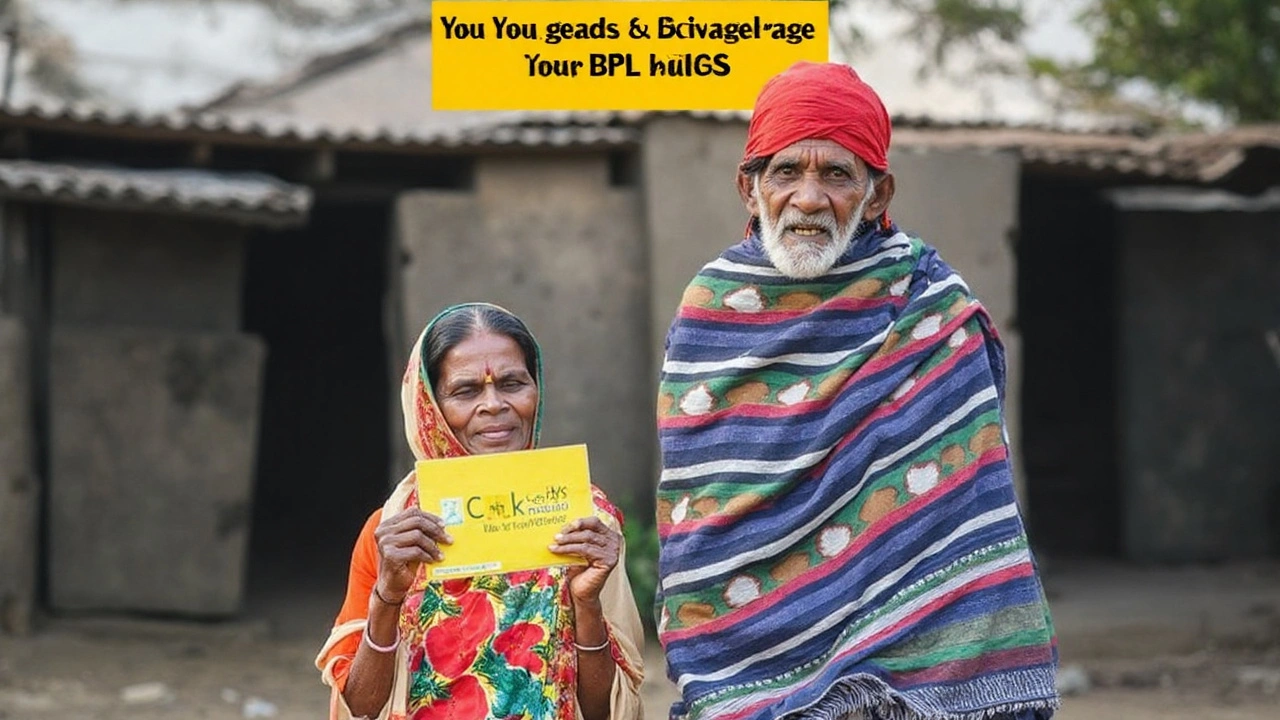Government Welfare & Public Policy in India
Ever wondered why some families receive free food, education subsidies, or health benefits while others don’t? The answer lies in the web of government welfare programs and public policies that shape daily life across the country. This page breaks down the big ideas, real‑world impacts, and common questions you might have about these schemes.
Why government welfare matters
Welfare programs are the safety net that keeps millions from falling into poverty. From the Public Distribution System (PDS) that supplies grain to low‑income households to pension schemes for senior citizens, each initiative targets a specific need. The goal is simple: provide basic resources so people can focus on work, education, and health instead of just surviving.
Take the Below Poverty Line (BPL) card, for example. It’s more than a ration card; it unlocks a range of services such as subsidized cooking gas, scholarships for girls, and health insurance under schemes like Ayushman Bharat. When you qualify for a BPL card, you essentially get a key that opens several doors to government aid.
How public policy shapes everyday life
Public policy decides who gets what, when, and how. Policies are drafted at the central level, then adapted by each state to fit local conditions. This flexibility can be a strength—states can experiment with better distribution methods—but it also creates inconsistencies. For instance, a family might get a BPL card in Maharashtra but face delays in Tamil Nadu due to different verification processes.
Policy changes happen often. The recent shift to digitize ration cards aimed to reduce fraud and speed up access. While the move has helped many, it also left some people without internet access struggling to update their details. Knowing the latest policy trends helps you stay ahead, whether you’re a beneficiary or a social worker.
Understanding the eligibility criteria is crucial. Most schemes look at income, land ownership, family size, and sometimes caste or disability status. Documents like income certificates, Aadhaar, and proof of residence are usually required. If you’re unsure where to start, the first step is to visit your local welfare office or check the official state portal. They often have checklists and helplines to guide you through the paperwork.
What happens if you’re left out? Many people miss out because of missing documents or simple clerical errors. In those cases, you can file an appeal, approach the grievance redressal officer, or use the online complaint system. Persistence pays off—several families have successfully reclaimed benefits after following up.
Our featured post, “BPL Card: Eligibility, Benefits, and How It Powers Women’s Welfare Schemes,” digs deep into the specifics of this card, how it ties into women‑focused programs, and the common pitfalls applicants face. It’s a handy guide if you’re looking for step‑by‑step instructions.
Bottom line: government welfare and public policy are not abstract concepts; they affect food on the table, school fees, medical bills, and more. Staying informed lets you claim what you deserve and hold officials accountable when the system falls short. Keep reading, explore the latest posts, and use the tips here to navigate India’s welfare landscape with confidence.
IAS officer Tina Dabi ordered a probe after farmer Mangilal demanded a helicopter to reach his farm due to road encroachment in Barmer, Rajasthan. Swift action removed the obstruction, exposing systemic rural infrastructure neglect.
India’s BPL card is more than a ration card—it’s a gateway to food security and key welfare schemes, especially for women. Here’s how eligibility is set, what benefits you get, how states apply the rules, and where the system still fails. We also break down the application steps, documents, and what to do if you were wrongly left out.

